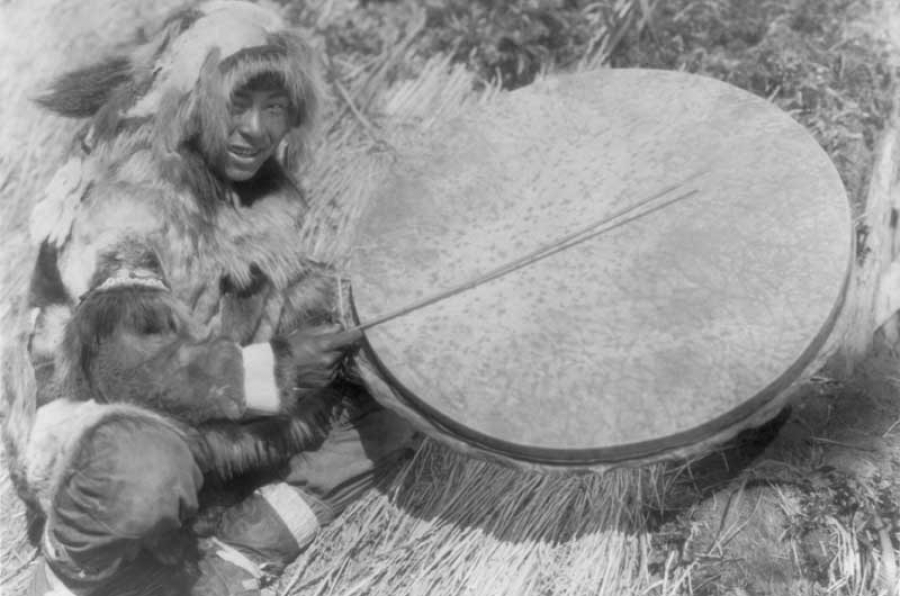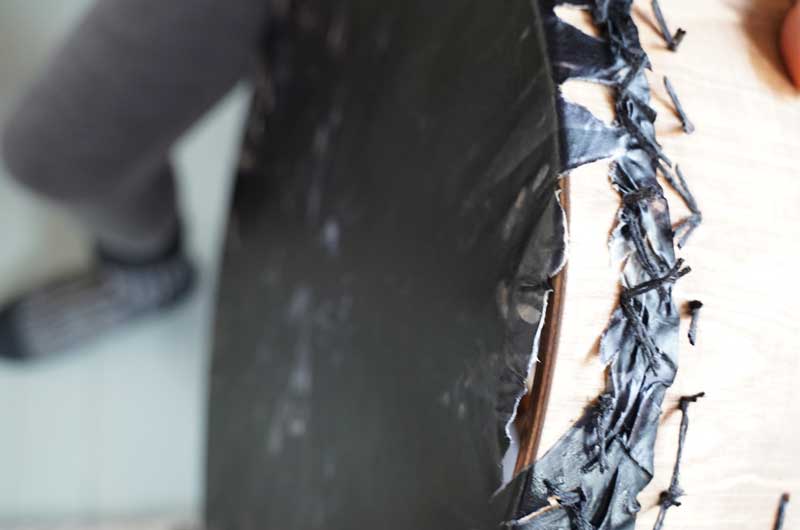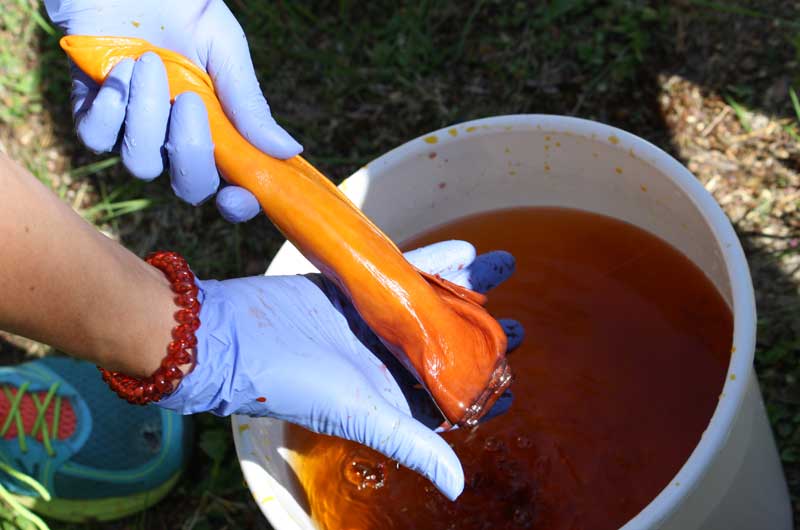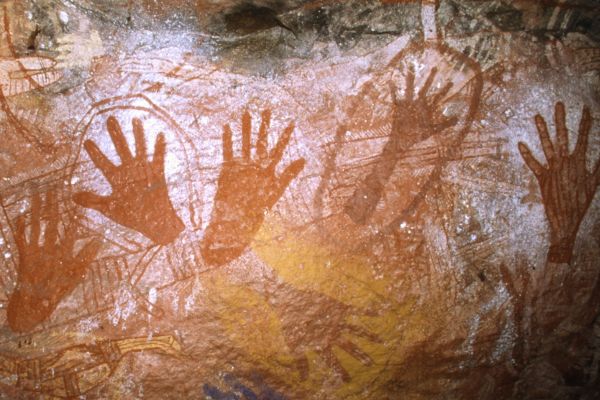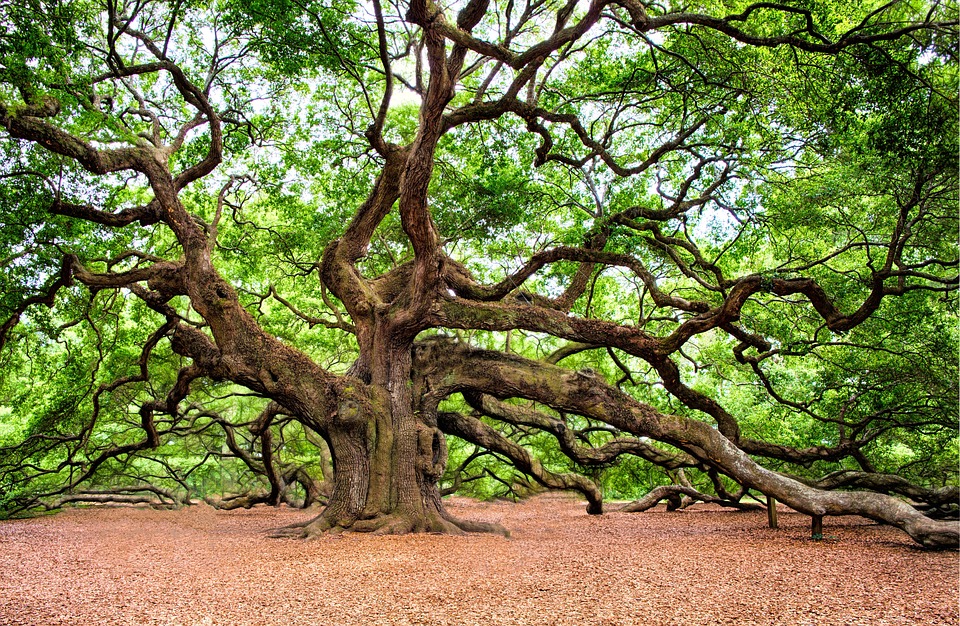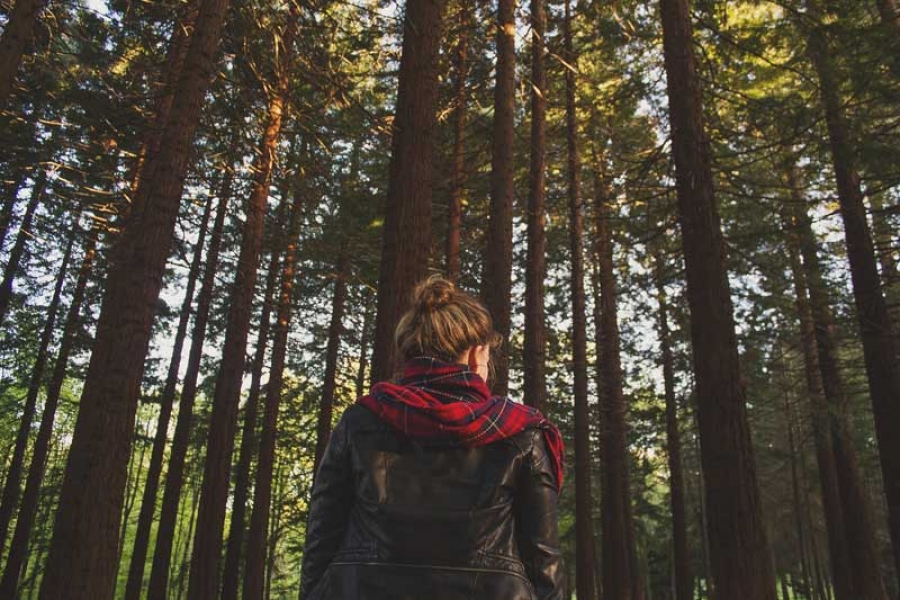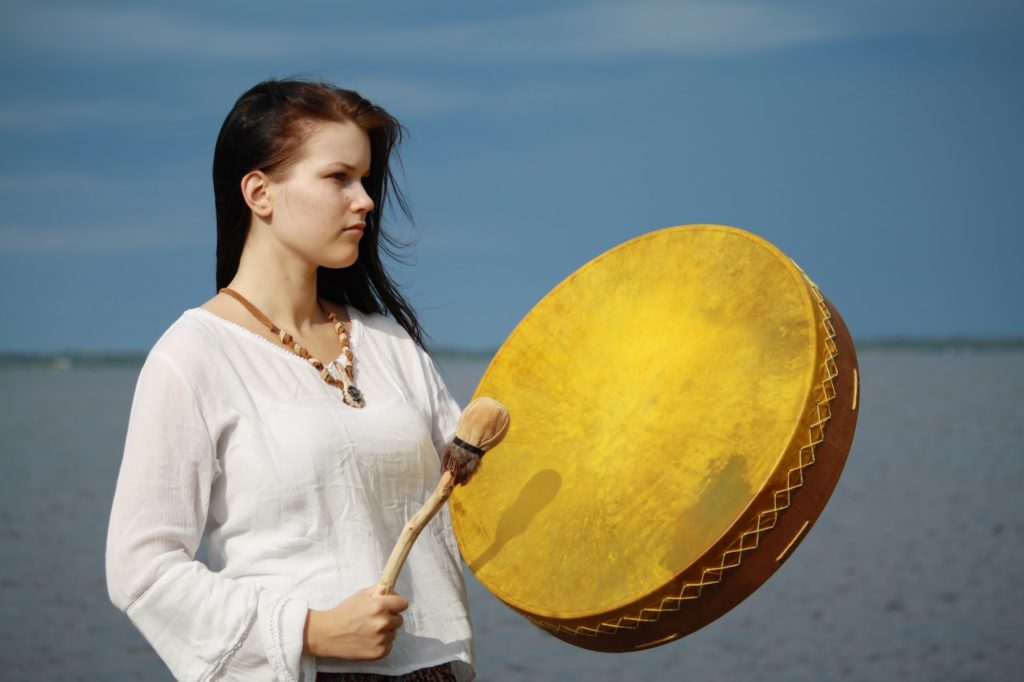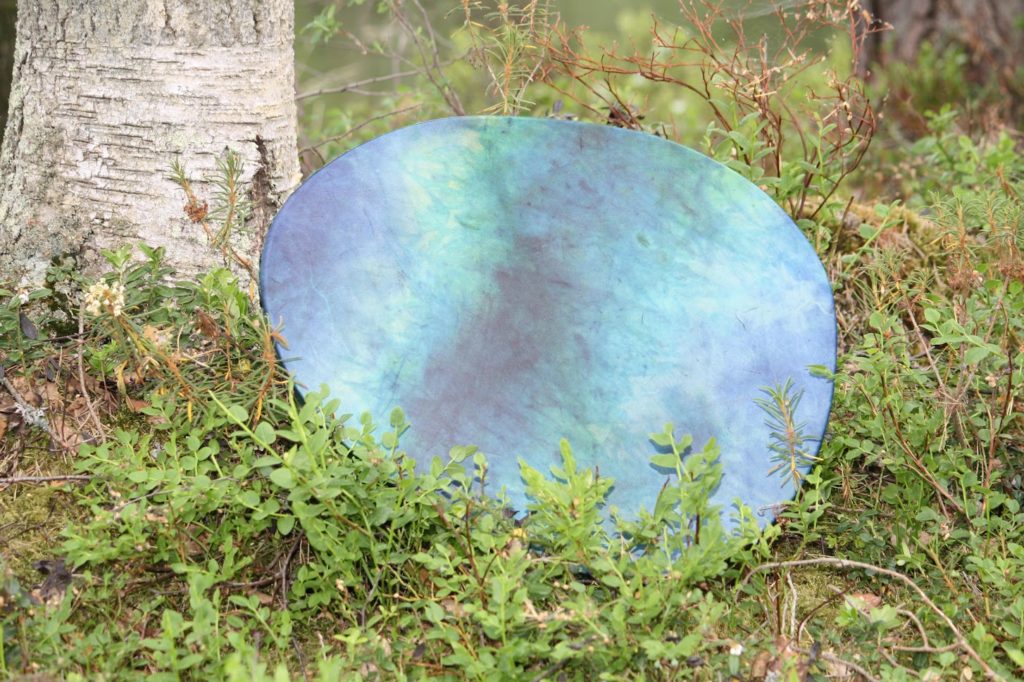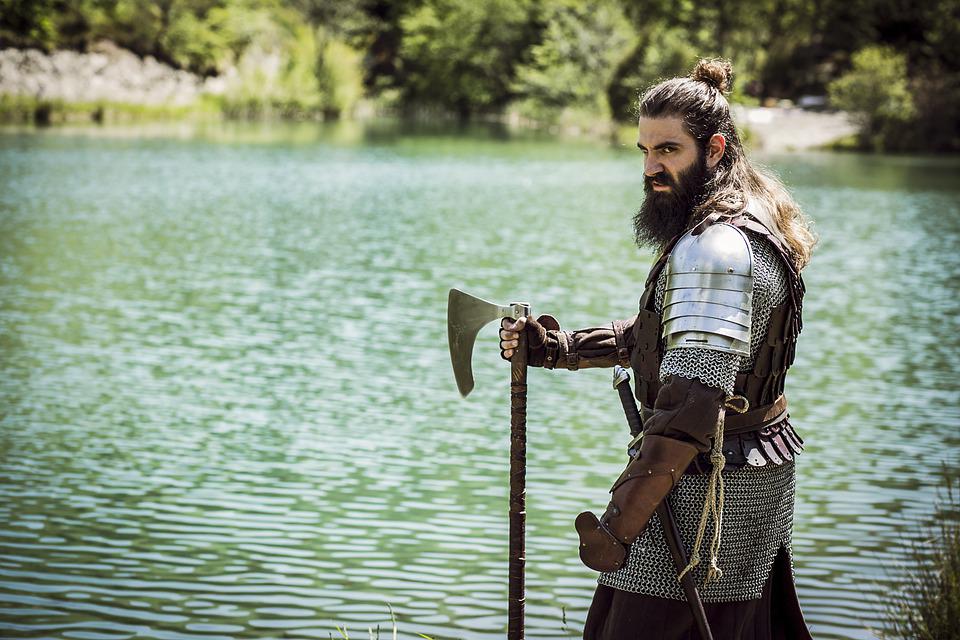The snowy ravens of Alaska have been inhabited throughout the ages by a people called the Yupik. The culture of the Yupik had a lot of characteristic features of the hunter-gatherer people, but also shamanism. The shaman played a particularly significant role in the lives of the Yupiit.
The Yupik people spent most of the year outside, moving around in search of food. When the weather turned bad, however, they gathered back to their village to share information and honor their traditions.
A traditional Yupik village had two significant buildings – the Ena and the Qasgiq. The former was the housing of women and girls, and the latter was the residence of men and boys. The residential buildings also served as classrooms where young girls and boys were taught the survival and manual skills needed in Alaska’s harsh conditions.
The Qasgiq was also a ceremonial center and the beating heart of the Yupik village, where ceremonies and parties were held. They often involved dancing, singing, drumming and storytelling – as well as shamanism.
Shamanism as part of Yupik culture
The worldview of the Yupiit was strongly shamanistic considering the surrounding nature. They used shamanism to clarify and improve the relationships between people, animals and the spirit world. The aim of the ceremonies were often, for example, bringing or taking a message to ancestors or game animals.
The shaman naturally played a significant role in the culture of the Yupiit. He acted as an interpreter between the tribe and the spirit world, just as in many other shamanistic cultures. He also relayed messages from spirit guides and could even ask for help from good spirits if bad spirits had caused harm to the tribe. An important task was also to ensure hunting luck for the upcoming season. He may have asked his spirit guides for information about the whereabouts of game animals or tried to encourage the animals to reappear in the spring and sacrifice themselves to the hunters.
Only fascinating masks remain
To this day, only pieces of Yupik culture have survived. Fortunately, everything is not lost yet, and we still get to admire the masks used by shamans in their ceremonies. Although the shaman only wore the masks, the whole tribe participated in making them. It was for the common good, because the tribles believed that behind the mask the shaman was thought to be able to serve them better.
The shaman used to supervise the making of the masks, as a certain ceremony called for a certain kind of mask. It could have been carved to look like the spirit helper of the shaman or shaped like the game the tribe wanted to lure to their hunting grounds – wolf, seal and seabirds were popular subjects. Sometimes the mask was also made with big, bulging eyes. They symbolized the expanded level of consciousness of the shaman.
The masks were skillfully made from natural materials, and each of them exudes a multi-level worldview and worship of nature. They are a tangible proof of the deep respect the Yupiit had for the surrounding nature and its animals. Looking at the masks, one can’t help but think that there must have been some magic in shamanism because it helped the Yupiit survive amid freezing temperatures and predators.
Published originally in Finnish on kuudesaisti.net.
Sources:
- https://www.thevintagenews.com/2016/07/30/priority-beautiful-examples-expressive-shamanic-ritual-masks-made-yupik-people-southwestern-alaska/
- https://en.wikipedia.org/wiki/Yupik_peoples
- https://fi.wikipedia.org/wiki/Jupikit
Photo: By Edward S. Curtis – Library of Congress Prints and Photographs Division Washington, D.C. 20540 USA, Curtis (Edward S.) Collection [1], Public Domain, https://commons.wikimedia.org/w/index.php?curid=10551966

